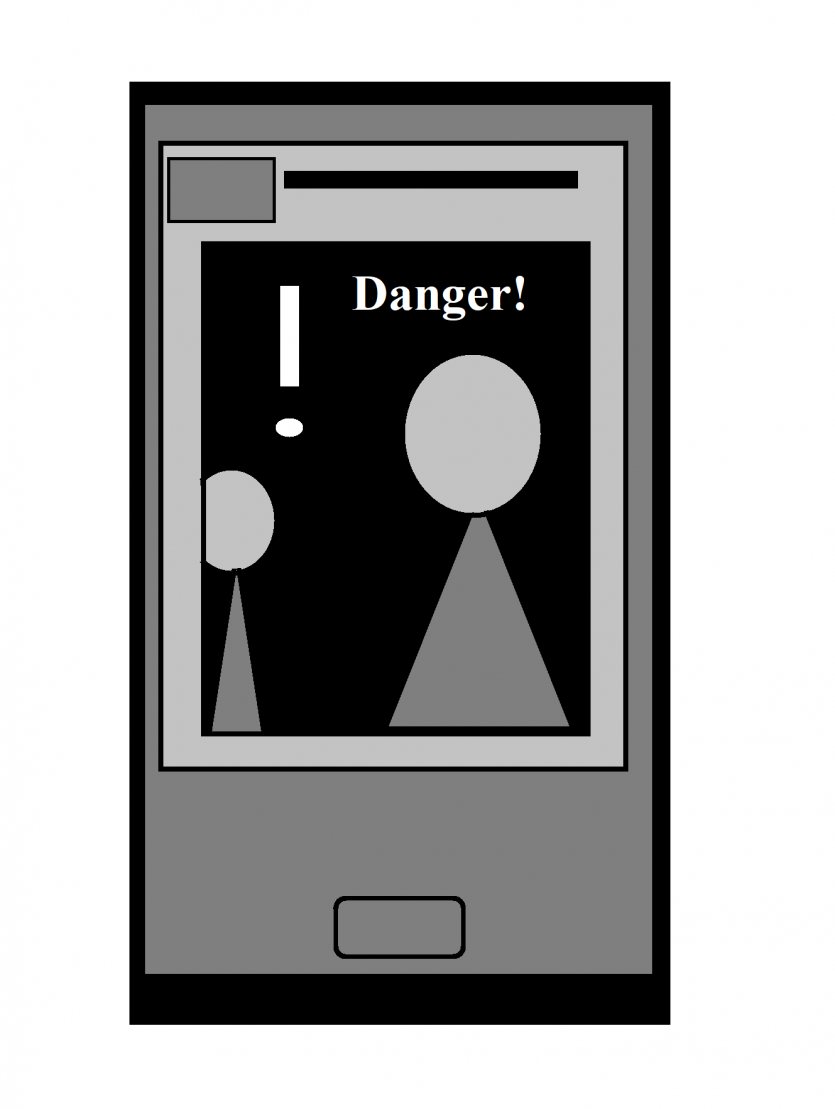Using Media in Times of Crisis or Disasters
페이지 정보

본문
Consuming media more frequently is associated with increased risk perception or in other words, how people perceive a danger (Ju & You, 2022/2021; Karasneh et al., 2021; Kasperson et al., 1988). Meanwhile, the things that we see most of the time in the news are negative ones, which in turn manifest our usual bias towards bad news as a result of our history (genes and culture included), especially about certain people in a community before, acting as observers that would warn everyone in case a danger is coming (Shoemaker, 1996).
This tendency, of course can have negative and positive effects, especially in disasters. Obviously, one positive thing this can bring is being informed and using such information to avoid harm if possible. A negative effect that comes to mind, on the other hand, is people doing irrational things or being paralyzed out of excessive fear or negativity.
One way to ensure that we have a healthy dose of everything during crisis, is also looking for good news like how a popular artist, John Krasinski, made a series of YouTube videos in his channel “SomeGoodNews” dedicated to positive things during the pandemic.
In addition, some people also believe that media can impart awareness and positive behaviors among the public (Karasneh et al., 2021). This is in harmony on a previous study in the context of Ebola which highlights the media’s help in the promotion of protective health behaviors during the occurrence of health threats that are public in nature (Garfin et al., 2022).
Since media contents, which can be considered also as news, are being produced and consumed by us now, the question then is how are going to produce or consume such contents? Shall it inform others about essential information? Or will it cause confusion or panic? Are we going to mope in the corner and see everything as hopeless? Or are we going to consider also things that make our world or community a little bit better?
---
References:
Garfin, D. R., Holman, E. A., Fischhoff, B., Wong-Parodi, G., & Silver, R. C. (2022). Media exposure, risk perceptions, and fear: Americans’ behavioral responses to the Ebola public health crisis. International Journal of Disaster Risk Reduction 77. https://doi.org/10.1016/j.ijdrr.2022.103059
Ju, Y.-K., & You, M.-S. (2022). It’s politics, isn’t it? Investigating direct and indirect influence of political orientation on risk perception of COVID-19. Risk Analysis 42(1), 56-68. https://doi.org/10.1111/risa.13801 (Original work published 2021)
Karasneh, R., Al-Azzam, S., Muflih, S., Soudah, O., Hawamdeh, S., & Khader, Y. (2021). Media’s effect on shaping knowledge, Awareness risk perceptions and communication practices of pandemic COVID-19 among pharmacists. Research in Social and Administrative Pharmacy 17(1), 1897-1902. https://doi.org/10.1016/j.sapharm.2020.04.027
Kasperson, R. E., Renn, O., Slovic, P., Brown, H. S., Emel, J., Goble, R., Kasperson, J. X., & Ratick, S. (1988). The social amplification of risk: A conceptual framework. Risk Analysis, 8(2), 177–187. https://doi.org/10.1111/j.1539-6924.1988.tb01168.x
SomeGoodNews. (n.d.) Home [YouTube channel]. YouTube. Retrieved March 24, 2023, from https://www.youtube.com/@SomeGoodNews/featured
Shoemaker, P. (1996). Hardwired for news: Using biological and cultural evolution to explain the surveillance function. Journal of Communication 46(3), 32-47. https://doi.org/10.1111/j.1460-2466.1996.tb01487.x
- PrevRoad Newspaper culture in South Korea 23.03.25
- NextThe importance of maintaining friendships as a foreigner in South Korea 23.03.24
댓글목록
There are no registered comments.

